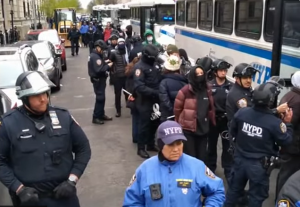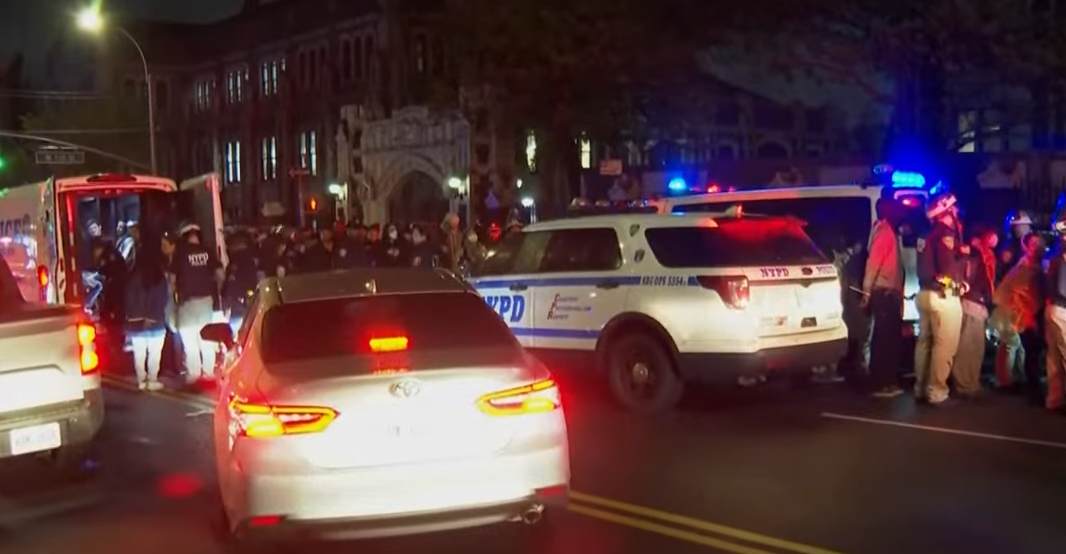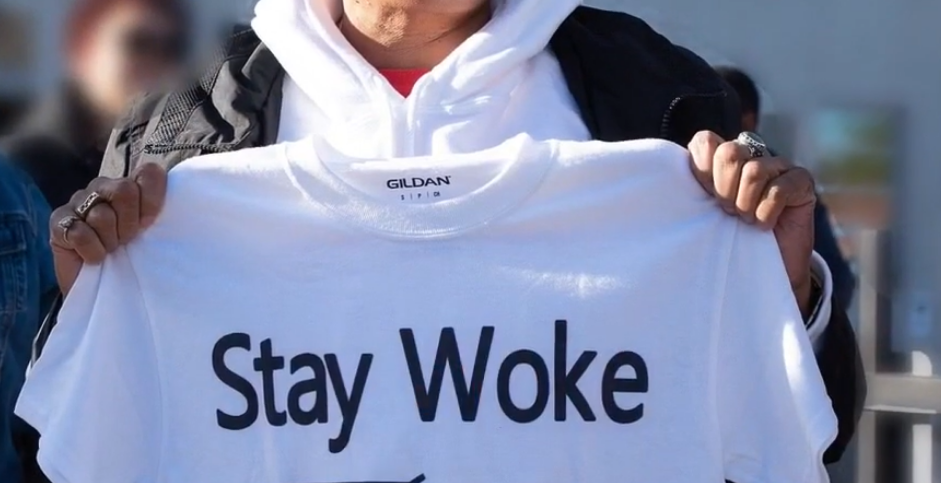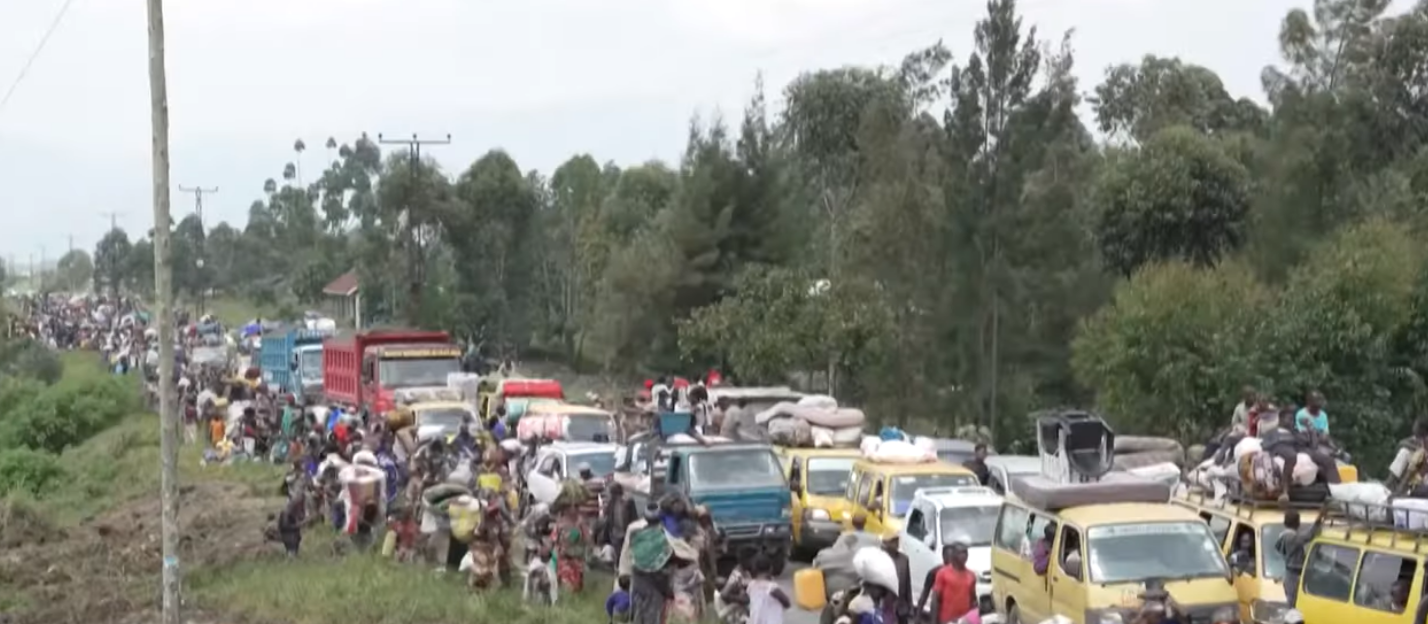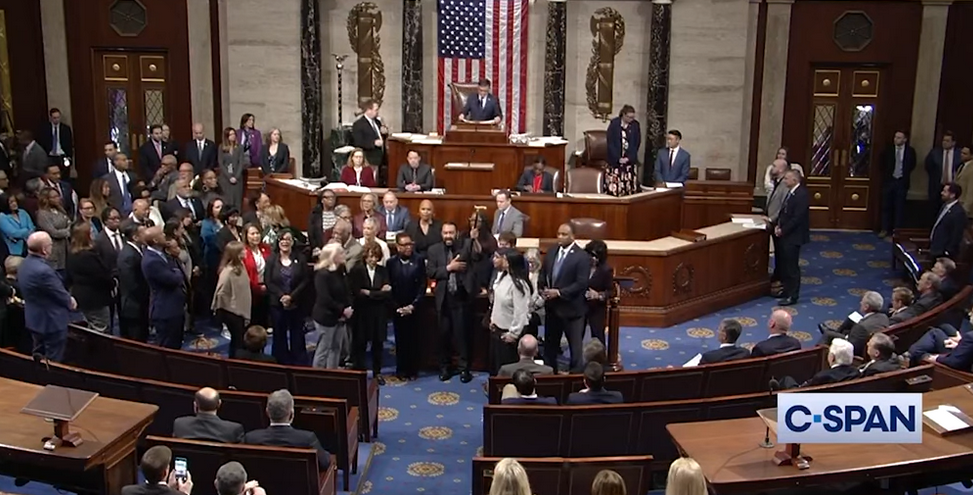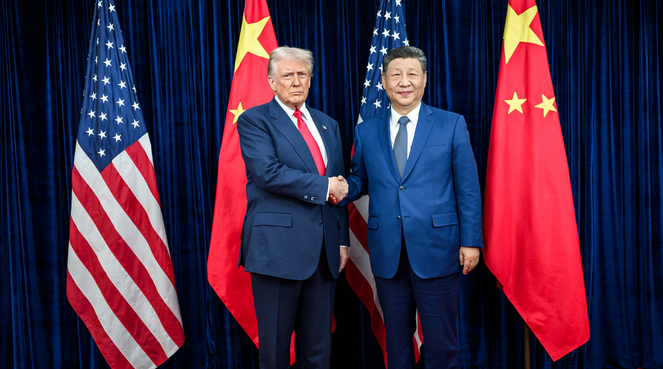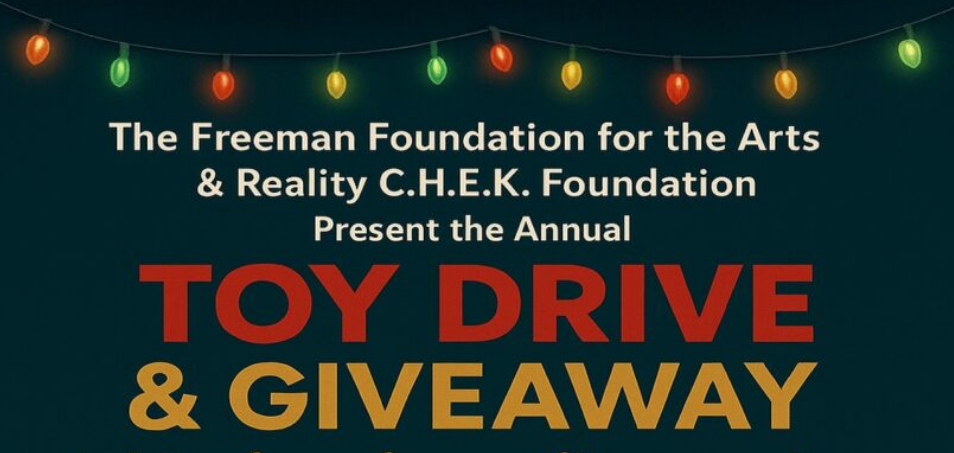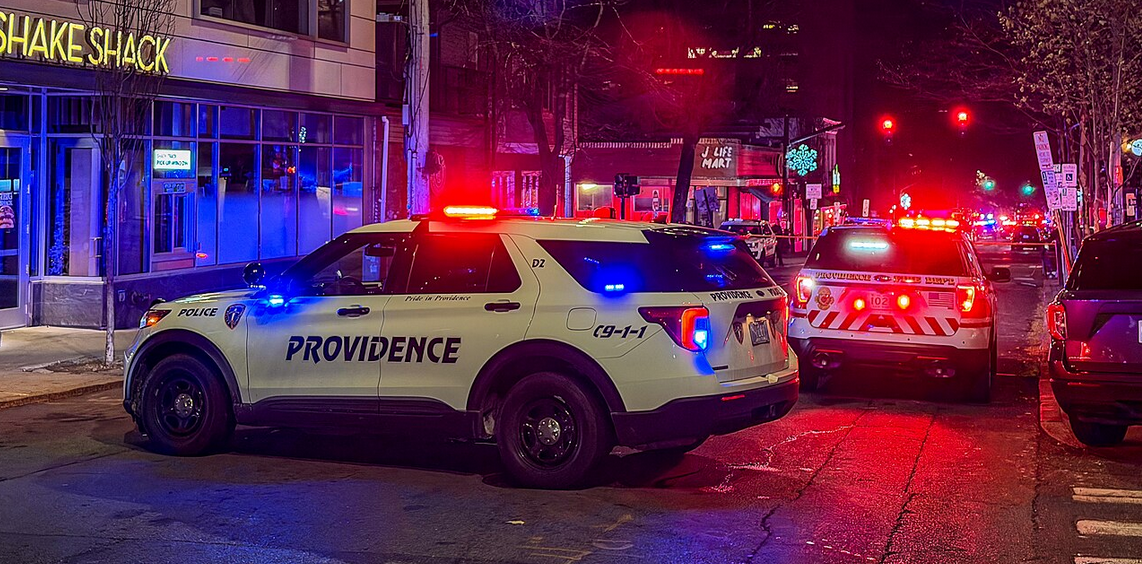By NYCLU
Photos: YouTube Screenshots
NEW YORK CITY – Last night, City College of New York (CCNY) and Columbia University officials authorized the NYPD to enter campus, where they arrested nearly 300 pro-Palestine student demonstrators. In response, the New York Civil Liberties Union issued the following statement, attributable to Executive Director Donna Lieberman:

“Universities should be engines of inquiry, dialogue, and creativity. Instead, campus officials in New York City are responding to the largest wave of campus protest in decades with a counterproductive and downright dangerous answer: Calling in riot police. Repressing nonviolent demonstrations with police in tactical gear has put students, faculty, and protestors in harm’s way. The police presence we saw last night was overwhelming.
“While other campuses across the country have engaged demonstrators in productive dialogue, at Columbia and City College last night the NYPD responded instead with intimidation and violence.
“Reports the NYCLU has received suggest that NYPD Strategic Response Group officers pepper sprayed, threw to the ground, and even drew weapons on students, resulting in injuries. We heard that the NYPD arrested local bystanders and those who it had given the OK to demonstrate in designated areas. The NYPD also established blocks-wide ‘exclusion zones,’ around campuses, which seemed more like militarized zones. These no-go areas shielded NYPD activity from the press, legal observers, and NYCLU protest monitors, who police harassed and intimidated, raising concerns about press freedom and the transparency that is critical to accountability.

“With protests ongoing, including at Fordham University, where reports suggest campus officials are currently using tarps to obscure public and press visuals, the NYCLU is deeply worried about further escalation by city and campus officials. We need creative, non-police thinking that furthers dialogue and engagement. Police may only know the one-way rachet of force, but school officials should know better.
“It bears reminding that campuses have driven the social conversation. At CUNY, students occupied buildings on campus during a strike for racial justice in the Spring of 1969. Fifty-six years ago, Columbia saw mass protests for racial justice and against the Vietnam War. Students have occupied campus buildings at Columbia before. After all, speaking out, difficult debate, and inquiry are part of the student experience, as well as academic freedom. Indeed, they are part of the New York City experience.
“Violent police repression of social activism must not be how our leaders and our schools meet this moment.”
